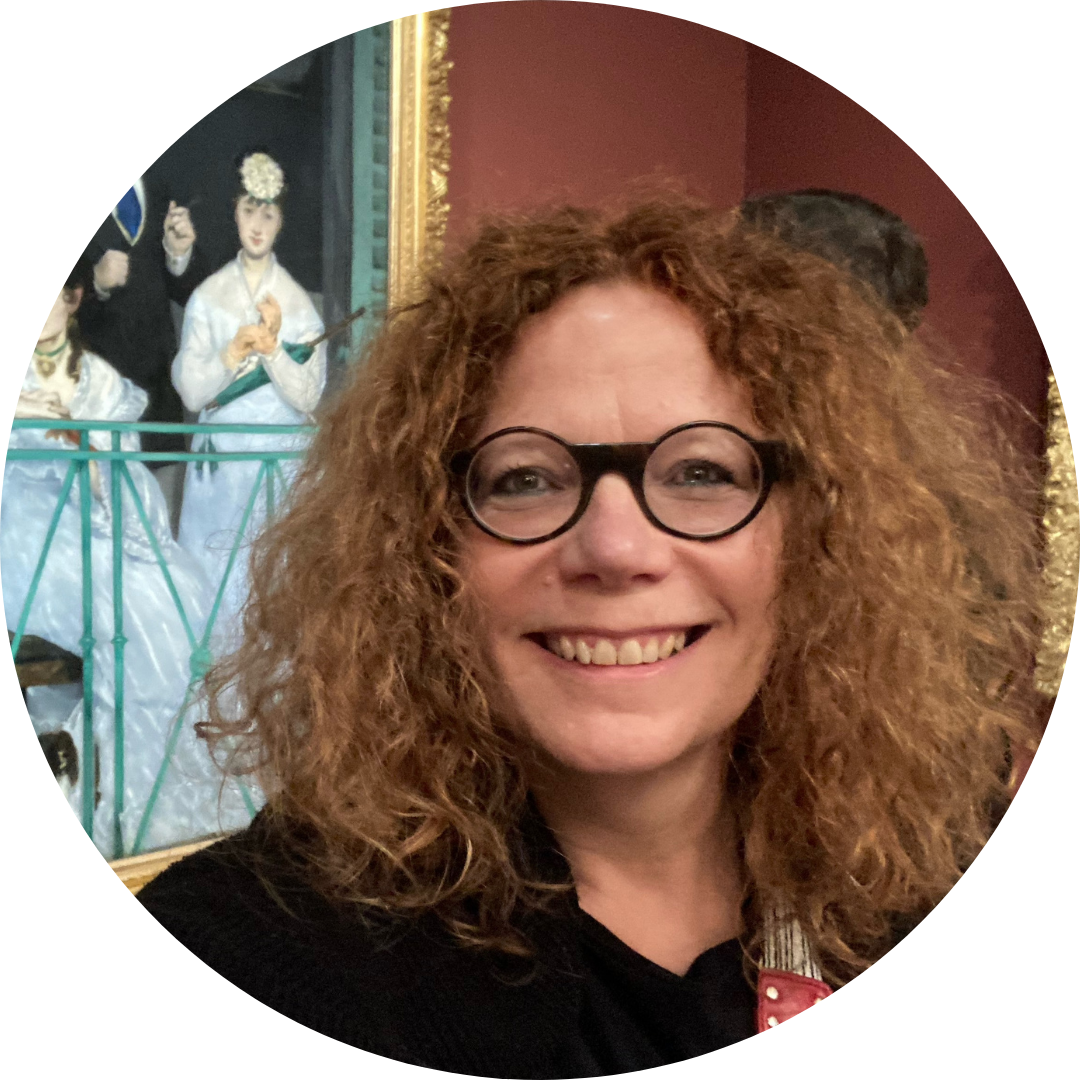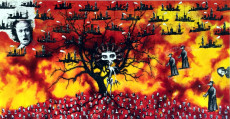
Chana Orloff, the determined sculptor

About the exhibition “Chana Orloff. Sculpting the era”, on view until March 31, 2024 at the Zadkine museum in Paris.
She excels in an art known to be masculine, she is the darling of the Parisian elite between the wars, she was born in Ukraine, she is free, independent, she doesn't care much about classical canons, she raised all only her son in fragile health, she learned everything on her own too, and gained her economic independence only with the sale of her works of art... the sculptor Chana Orloff (1888-1968) is inevitably a heroine of today! However, until this exhibition at the Zadkine museum in Paris, we strangely barely heard about her... Like so many other women, she too was little by little forgotten in Europe. But in his case, it must be added that the war, the Occupation and the looting of his workshop happened there. Fortunately, museums have preserved his sculptures: that’s all he would have missed!
I admit that, personally, I am less sensitive to sculptures that are perfectly smooth on the outside than to those that appear to have been skinned alive. However, the work of Chana Orloff interests me a lot. And that I fully intend to one day park my caravan near the Ateliers-musée Chana Orloff, near Montsouris park in Paris, to attend a conference tour led by Ariane Tamir or Éric Justman, the little ones -children of the artist, including a presentation of the life and work of Chana Orloff, as well as the discovery of the Ateliers-museum, built by Auguste Perret for Chana Orloff, which house, where she lived and worked at from 1926, the largest collection of his works. After delving into Marie Zawisza's article for the art magazine L'Oeil, I also really want to tell you straight away the incredible journey of this seamstress who supported her entire family, and whose work has been despoiled.
The Parisian exhibition at the Zadkine museum, “Chana Orloff. Sculpting the Era”, on view until March 31, 2024, mainly brings together the pre-war works of Chana Orloff, revealing a strong and free female figure, who marked her era and the movement of the School of Paris. Designed in partnership of course with the Ateliers-musée and with the support of the Foundation for the Memory of the Shoah, it highlights the major themes dear to Chana Orloff: the portrait thanks to which the artist became known but also the representation of the female body and motherhood. The exhibition also offers an overview of the bestiary sculpted by Chana Orloff, nourished by symbolism and Jewish culture. It ends, in the garden workshop, with an evocation of post-war work and the creation of major monumental commissions for the State of Israel. Also not to be missed, at the same time, is the exhibition “L'Enfant Didi, itinerary of a looted work by Chana Orloff, 1921-2023”, at the very beautiful museum of art and history of Judaism, rue du Temple in Paris, until September 29, 2024.
Because “among the 140 sculptures looted on March 4, 1943 from Chana Orloff's studio-housing in Paris, one of the most beautiful representations is that of Elie (Didi), the artist's only son, born in 1918,” writes the journalist from L’Oeil. As incredible as it may seem, we had to wait until January 26, 2023, or 60 years, for the work to return to the workshop. Reappearing in a sale in New York in 2008, it was returned to the artist's grandchildren after a 15-year negotiation. In whose hands did it pass between 1943 and its discovery? We ignore it.” It’s completely crazy… To date, only four of the 140 stolen sculptures have been found. “Chana Orloff believed her works had been destroyed. Today, we have the hope that they will be found one day, like this one,” testify Eric Justman and Ariane Tamir, the artist’s grandchildren.
As Marie Zawisza recalls, Chana Orloff's artistic rise in Paris at the start of the 20th century was meteoric. Much faster than that of many of his male colleagues. The artist was not overly surprised by this. “Women are more successful at certain works of art,” she said in 1961 when she was asked about this at the end of her life. “I have sculpted many female figures: pregnant woman, widow, mother and child, etc. Why are they better than those of my male colleagues? Because a woman feels all of this in her body, in her flesh and in her blood! » As the journalist writes, “today, the Zadkine museum takes us to meet this artist whose flesh and blood life was marked by the tragedies of the 20th century. »
This life therefore began on July 12, 1888 in Tsaré-Constantinovska, a small town in Ukraine. Chana Orloff is the eighth in a family of nine children. Her mother and grandmother were midwives, her father a teacher... until Jews were no longer allowed to practice this profession. He then becomes a trader. Chana saw the arranged marriages of her sisters, and decided early on that she would not follow their example, but that of her brothers, who were studying. So she learned to read and write with them, and even to speak Russian, while her family only spoke Yiddish. Faced with such obstinacy, his father will give in, and end up sending him to school with the boys. She will also be placed at the age of 12 with a seamstress to learn a trade, with which she intends to one day gain her independence. In 1905, as pogroms swept Russia, the family emigrated to Palestine. The father and the boys farm the land for pitiful wages, and it is Chana who keeps the pot boiling with her sewing work.
At 22, the young woman is determined to discover the “fashion capital”. In 1910, Chana arrived in Paris and became an apprentice in the haute couture house Jeanne Paquin, the equivalent at the beginning of the century of a Coco Chanel or a Christian Dior. The following year, she came second in the entrance exam to the School of Decorative Arts, drew a lot, attended the Marie-Vassilieff Academy... and began to sculpt. She also met many avant-garde artists, including Picasso, Foujita, Apollinaire, Modigliani, Zadkine, Soutine... and above all, she created her first sculpture: a portrait of her grandmother, from a photo. At the Salon d'Automne of 1913, she presented two works: success was immediate. From then on, and until the end of her days, she would only live from her works of art to sell. Becoming in particular the official portraitist of the Parisian intelligentsia who bought her works of art, such as Sonia Delaunay, Auguste Perret, Jean Paulhan and Lucien Vogel. In 1916 she married the Polish poet Ary Justman, with whom she had fallen madly in love a year earlier, and whom she would never replace when he died in 1919 after giving her a son.
Having escaped at the last minute the Vél'd'Hiv' roundup in July 1942, she took refuge in Geneva until 1945. And during the last twenty years of her existence, she divided her time between Paris and Tel-Aviv, participating since 1948 to the building of the State of Israel by sculpting commemorative monuments. Chana Orloff, however, still has no place today in official textbooks or in the history of Israeli art...
 Article written by Valibri in Roulotte
Article written by Valibri in Roulotte





































































